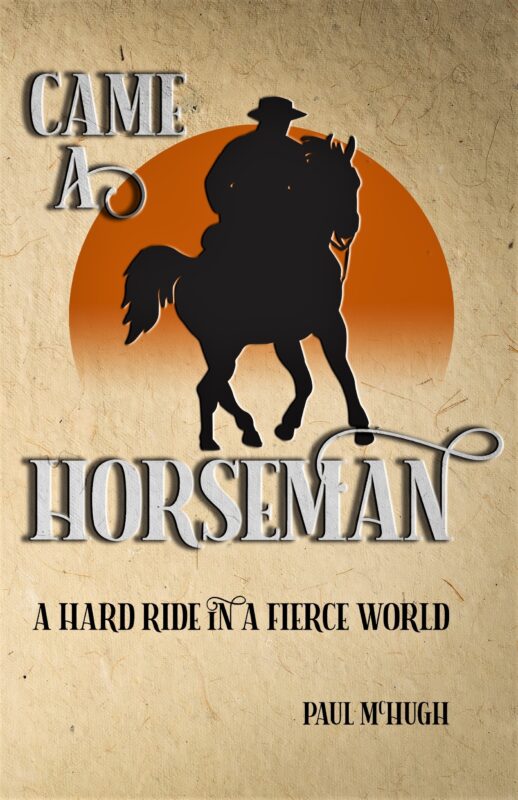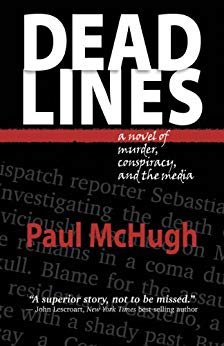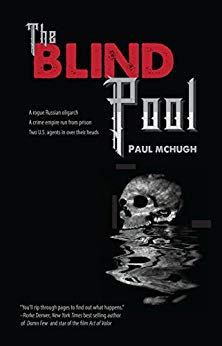Photos by John O’Hara
HORSE BREED HAS HEART FOR ENDURANCE
Holding a halter, Gabrielle Mann walked toward Saint Patrick, who stood casually upon a hill at the ranch of financier Warren Hellman in Bolinas.
“Paddy” — a muscular bay Arab gelding — neither fled nor flinched. Willingly, he put his head into the halter. His eyes half-closed in bliss as this tall, strawberry-blonde horsewoman scratched him along his jaw.
This sweet scene of human-horse bonding was soon echoed with every one of the other seven horses on these rolling pastures. That may suggest why, of the 244 riders in the 2004 Tevis Cup endurance riding event, fewer than a dozen wore spurs. The level of riding skill, horsemanship and interspecies communication in this elite event necessary.
A big reason for that is — except for a tiny handful of mustangs, mules and unusual entries like Hanoverians — most of the mounts used in Tevis nowadays have full or part Arabian blood, from the classic line bred by Bedouins.
“All horses we have on the property show an athletic build and a soft eye, that intelligent look that tells you they’re really aware of their surroundings,” Mann said.
Mann, 30, grew up riding and eventing in western Marin County. Her job now is helping Hellman select, purchase and train horses for his endurance and ride-and-tie pursuits, as well as family rides. Mann and her boss hit the Tevis trail with two selections from this tiny herd on Saturday.
“You also like to see a little attitude, some self-possession and stubbornness,” Mann said. “They need lots of drive, but you don’t want them so utterly willing to just go and go that they exhaust themselves and collapse. I’ll never ask them to do something they’re not capable of.”
Arabs often fit that psychological profile to a T. Their physiology is also supremely adapted to endurance rides. Reasons are found in the blowing sands of Saudi Arabia, as well as in poetic legends whose roots are lost in the dust of centuries.

Among the most poetic is a tale of Al Khamsa, “the five.” These were the favorite horses of the prophet Mohammed. Bedouin riders of these horses, following a long desert journey, dismounted and let them approach a water hole to drink their fill. But at the last second, to test their fidelity, the riders supposedly called the horses back before they could even lower their muzzles to the water. Only five mares returned. In legend, these became the founders of the bloodlines resulting in the Arab mounts of today.
Less poetically, during long periods when the Arabian Peninsula was fraught with warring tribes, the fleetest of the tough desert mares (stallions were too noisy for this business) were constantly used in ghazus, or raids, upon enemy warriors and villages. That made such mares extremely valuable companions, with a premium placed on speed, endurance and a responsive affinity between horse and rider. By selecting for such qualities in breeding through many centuries, Bedouin equestrians crafted the Arab horse.
Through exports — such as the Godolphin Arabian stallion who arrived in England in the 18th century — the Arab came to exert influence on modern lines from Thoroughbreds to Orlovs. But the Arab remains the best suited for long rides of many miles and days.
Lari Shea, owner of Ricochet Ridge Ranch near Fort Bragg, is a veteran of five Tevis rides and won the cup in 1989 aboard the lively Sur Sheriff. Shea says Arabs may be small in stature (generally standing just 14 to 15.2 hands high) but are huge in heart, both literally and figuratively.
“Arabs are the Lance Armstrongs of the horse world,” Shea said. ‘They have remarkable cardiovascular systems, with a bigger, stronger heart for their size that pumps more volume per stroke. They also have a lot of peripheral circulation, a map of blood vessels just under the skin that can dilate to dissipate heat. Even their smaller size helps with cooling, because there’s more surface area for body mass. Besides that, there’s better bone density in their legs and tougher ligaments and tendons.
“What we call heart is also the desire to give and to bond with and please humans,” Shea said. “You want a horse that has a will to win, but is also sensible and malleable. In that area, Sheriff was a bit fiery and hard to manage. But another of my Arabs, Gabriel, was so sensitive I could ride him on our beach at a canter, heading for home, with no bridle, bit or headstall whatsoever, and control him perfectly just by shifting my weight. He’d even help me head off other horses running out of control. He was almost psychic.”
The variance between Sheriff and Gabriel points up that, even within a breed, there can be dramatic differences in personality. This underscores the importance of suiting a horse to a rider.
Mann said Paddy is 11 years old, in an Arab’s prime for endurance events, since they take a bit longer to mature than other breeds and at least three years to become fully conditioned for a 100-mile ride.
“We bought him four years ago for Warren to use,” Mann said. “But it turned out he didn’t want to be Warren’s horse. So, now we like him better for me. Paddy’s hot, spunky and has a hard spook in him (meaning he shies from things with enthusiasm). With Paddy, you must ride every single stride. Even if you’re tired, you can’t let your guard down.”
Instead, on his three previous Tevis finishes, Hellman has been mounted on Max, a strong-shouldered Arab with plenty of drive, yet a more cooperative demeanor. However, Max recently tore a ligament in one hoof. While Max recuperates, Hellman will take a chance on their swift acquisition of Billy, a freckled white gelding just off the Arab-racing circuit.
“Billy is just 8 years old. He’s done six 50-mile rides so far,” Mann said. “But he’s a very athletic, talented and tough horse. Billy enjoys himself on a trail. He’s full of confidence. Most importantly, he knows when to eat and drink. He doesn’t get nervous, and he likes to take care of himself. On a big endurance ride like the Tevis, that counts for a lot.”








